Comments / Questions (169)
![]() Anke Keil wrote:
Anke Keil wrote:
Ärmel: Das heißt am Ende der Runde alle 2,5 cm, 2 M. zunehmen? Oder 1 M auf der 4. Nadel und 1 M auf der 1. Nadel? L. G....Anke
23.06.2025 - 11:21DROPS Design answered:
Liebe Frau Keil, man wird beim Übergang zwischen den Runden zunehmen: 1 Masche am Ende der Runde + 1 Masche am Anfang der nächsten Runde, so in XXL: die 1. Zunahme nach 10 cm, die 2. nach 12,5 cm (insgesamt, ab Anschlagskante), die 3. nach 15 cm, die 4. nach 17,5 cm, usw. Viel Spaß beim Stricken!
23.06.2025 - 16:27
![]() Anke Keil wrote:
Anke Keil wrote:
Ärmel: Nach (10) 14-10-14-10 cm, unter dem Arm 2 M. aufnehmen und alle (2,5) 2-2,5-2-2,5 cm wiederholen. Die M. sollen immer am Anfang der Reihe aufgenommen werden, also nur auf einer Seite?
21.06.2025 - 22:24
![]() Anke Keil wrote:
Anke Keil wrote:
Ärmel: Nach (10) 14-10-14-10 cm, unter dem Arm 2 M. aufnehmen und alle (2,5) 2-2,5-2-2,5 cm wiederholen. Die M. sollen immer am Anfang der Reihe aufgenommen werden, also nur auf einer Seite?
20.06.2025 - 21:57DROPS Design answered:
Liebe Frau Keil, die Ärmel werden in der Runde gestrickt, so wird man am Anfang sowie am Ende der Runde zunehmen = 2 Maschen werden jeweils zugenommen. Viel Spaß beim Stricken!
23.06.2025 - 07:31
![]() Anke Keil wrote:
Anke Keil wrote:
Wie ist das gemeint? Bin beim Ärmel. "40 M. anschlagen und das Bündchen stricken – passen Sie auf, dass eine M. re, unter dem Ärmel zu liegen kommt." L. G. Anke
20.06.2025 - 13:48DROPS Design answered:
Liebe Frau Keil, stricken Sie das Bündchen mit 1 Masche rechts = die mittlere Masche in der Mitte unter den Ärmel. Viel Spaß beim Stricken!
20.06.2025 - 16:01
![]() Anke Keil wrote:
Anke Keil wrote:
Es sollen nach 43 cm (Gr. xxl), 7 M für das Armloch abgekettet werden. So wie ich es lese, die beiden markierten Maschen (M. mit dem Markierungsfaden und. je 3 M. beidseitig dieser M). Aber dann werden doch 8 M abgekettet? L. G...Anke
15.06.2025 - 02:17DROPS Design answered:
Liebe Anke, so ketten Sie die Maschen für beide Armlöcher ab: stricken Sie bis 3 Maschen vor der markierten Maschen übrig sind, dann ketten Sie diese 3 Maschen + die Masche mit der Markierung + die nächste 3 Maschen = 7 M wurde abgekettet. Bei der 2. Markierung wiederholen. Viel Spaß beim Stricken!
16.06.2025 - 08:03
![]() Françoise wrote:
Françoise wrote:
Bonjour, Je voudrais savoir quelle longueur il faut pour les aiguilles circulaires pour ce modèle. Merci d'avance pour votre réponse
23.05.2025 - 13:30DROPS Design answered:
Bonjour Françoise, vous pouvez utiliser ici une aiguille circulaire de 80 cm pour le dos/les devants et l'empiècement et une de 40 cm pour les manches si vous le souhaitez (ou bien conserver les doubles pointes pour les manches) - pour chaque taille d'aiguille. Bon tricot!
23.05.2025 - 15:59
![]() Lake Annie wrote:
Lake Annie wrote:
Pouvez vous me dire comment l on peux incorporer une augmentation en tricotant les cotes anglaises du point fantaisie du modele en rond sans décaler le tout
21.04.2025 - 15:32DROPS Design answered:
Bonjour Mme Lake, si la maille avant l'augmentation est la 1ère maille du diagramme, tricotez l'augmentation faite après cette maille comme la 2ème maille du diagramme (pour alterner 1 maille jersey, 1 maille point mousse) et vice versa: si l'augmentation est la 2ème maille du diagramme, tricotez la comme la 1ère maille du diagramme. De même, l'augmentation après la 1ère maille se tricote comme la 2ème maille et celle après la 2ème maille se tricote comme la 3ème maille = ainsi, vous avez toujours 1 maille jersey, 1 maille point mousse. Bon tricot!
22.04.2025 - 16:14
![]() Anke Keil wrote:
Anke Keil wrote:
Hallo, 12 cm nach Einlegen des Markierungsfadens bis zu den Zunahmen oder wenn gesamt, also mit Bündchen, 12 cm gestrickt wurden? Mit freundlichen Grüßen Anke Keil
07.04.2025 - 21:56DROPS Design answered:
Liebe Frau Keil, diese 12 cm messen Sie ab Anschlagksante, dh mit Bündchen. Viel Spaß beim Stricken!
08.04.2025 - 09:33
![]() Eva Neumann wrote:
Eva Neumann wrote:
Meine Maschenzahl bei der Abnahme von Raglan und gleichzeitig Halsausschnitt reicht nicht! Beim Tipp zum Abnehmen sind zwei Varianten aufgeführt! Einmal 3 M vor dem Markierungsfaden abnehmen und einmal 5 M! Welche ist die richtige? Ich habe die mit 5 M Abnahme genommen. Hoffentlich können Sie mir helfen! Danke!
28.03.2025 - 09:37DROPS Design answered:
Liebe Frau Neumann, so nehmen Sie für den Raglan beidseitig von 3 Raglan-Maschen ab: stricken Sie das rechte Vorderteil bis noch 5 M vor der Mark. übrig sind, 1 M abnehmen, 3 Maschen wie zuvor stricken, 1 Masche abnehmen, Ärmelmaschen bis 2 Maschen vor der Mark übrig sind, 1 M abnehmen, 3 M wie zuvor stricken, 1 Masche abnehmen, Rückenteil stricken bis 5 M vor der nächsten Mark. übrig sind, dann 1 M abnehmen, 3 M stricken, 1 Masche abnehmen, Ärmel stricken bis noch 2 M vor der Markierung übrig sind, 1 M abnehmen, 3 M wie zuvor stricken, 1 M abnehmen und die Reihe bis zum Ende stricken. Viel Spaß beim Stricken!
28.03.2025 - 13:30
![]() Veronika wrote:
Veronika wrote:
Hallo, gibt es diese Anleitung auch für Größe 3XL? Oder eine Umrechnungshilfe?
08.03.2025 - 21:44
Richard |
|||||||
|
|
|||||||
Knitted jacket for men, with raglan, high neck and zipper in DROPS Karisma and DROPS Alpaca
DROPS 85-13 |
|||||||
|
Gauge: 15 sts x 21 rows with 1 strand of each yarn on larger needles in stockinette st = 10 x 10 cm. Rib: *K 1, P 1*, repeat from *-*. Pattern: The diagrams are showing all rows seen from the right side. Decreasing tips (for raglan): All decs are made on the right side. On front- and back piece dec before the 3 sts before/after the marker, and on the sleeves dec right beside the marker. Start 2 sts before the marker on the sleeves and 5 sts before the marker on front and back, and work as follows: K 2 tog, 1 st in seed st, K 1, 1 st in seed st, slip 1 st as if to knit, K 1, psso. ___________________________________________________________________ BODY The cardigan are worked back and fort on circular needle. Cast on 137-147-155-171-187 sts on smaller circular needles with 1 strand Karisma + 1 strand Alpaca. Knit rib, keeping 3 sts in garter st at each side for front edges, and begin and end rib with K 1 (seen from the right side). When the piece measures 3-4-4-4-4 cm change to larger circular needles and Pattern 1, keeping 3 sts in garter st at each side for front edges. See that the K rib in the pattern is above the K rib in ribbing. Place a marker in the 36-38-40-44-48th st in from each side (it will be a K 1), there are 65-71-75-83-91 sts between markers on back. When the piece measures 10-12-12-12-12 cm inc 1 st at each side of both sts with markers. Inc every 5-6-6-6-6 cm a total of 4 times = 153-163-171-187-203 sts – knit the increased sts into the pattern as you go along. When the piece measures 32-40-41-42-43 cm bind off 7 sts at each side for armholes (= bind off the st with the marker + 3 sts each side of that st) = 67-73-77-85-93 sts on back and 36-38-40-44-48 sts on each front. Lay piece aside and knit the sleeves. SLEEVES Sleeves knitted in the round. Cast on 32-34-36-36-40 sts on smaller double-pointed needles with 1 strand Karisma + 1 strand Alpaca; join and place a marker at the join. Knit rib – start with K 1 at marker. When the piece measures 6-8-8-8-8 cm change to larger double-pointed needles and Pattern 1 – see that the K rib in the pattern is above the K rib in the ribbing. When the piece measures 10-14-10-14-10 cm inc 1 st each side of the K st at marker every 2.5-2-2.5-2-2.5 cm a total of 14-16-16-17-17 times = 60-66-68-70-74 sts – knit the increased sts in the pattern as you go along. When the piece measures 45-48-50-50-52 cm bind off 7 sts at marker (bind off the the K st at marker + 3 sts each side of it) = 53-59-61-63-67 sts. Lay piece aside and knit second sleeve. YOKE Put the sleeves in on the same circular needles as Body where you bound off for armholes = 245-267-279-299-323 sts Put a marker in each transition between Body and sleeves = 4 markers. Knit 3-1-1-1-0 rows before beginning shaping. Read entire section before knitting: Raglan shaping: Dec at each side of all markers (= 8 decs) – see Decreasing tips above – every other row 21-23-24-25-27 times. Neck: When the piece measures 49-57-59-60-62 cm put 3-4-5-6-6 sts at each center front edge on st holders for the neck. Then bind off at each neck edge every other row: 2 sts 2-0-0-2-4 times and 1 st 2-6-6-4-2 times. After all shaping is complete 59-63-65-71-75 sts remain. Neckband: Pick up and knit approx. 10-16 sts at each side of neck on fronts (including sts on st holders) with 1 strand of each yarn and put all sts on smaller circular needles. K 1 row from wrong side, then K 1 row from right side, adjusting (inc/dec) to 83-83-91-103-111 sts on 2nd row. Then knit rib, keeping 3 sts in garter st at each side and beginning rib with K 1 (as seen from the right side). When the collar measures 20-22-22-24-24 cm bind off all sts in rib. ASSEMBLY Sew opening under the sleeve. Sew in zipper – start at lower edge. Fold the collar in half to wrong side and stitch in place, covering end of zipper. |
|||||||
Diagram explanations |
|||||||
|
|||||||
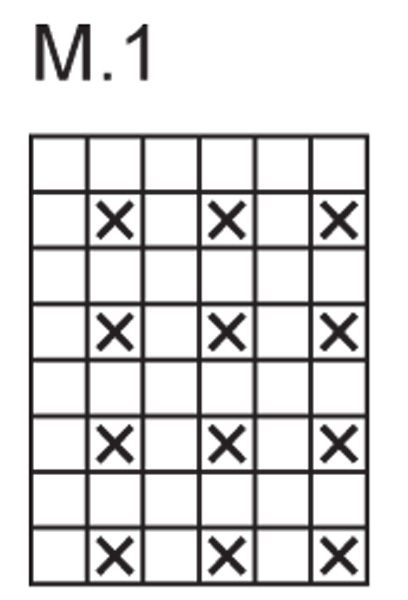
|
|||||||
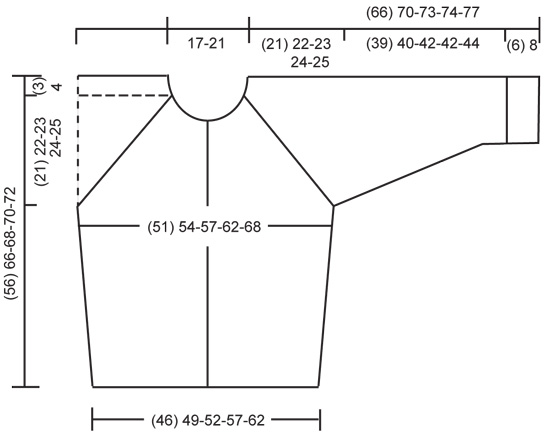
|
|||||||
Have you finished this pattern?Tag your pictures with #dropspattern or submit them to the #dropsfan gallery. Do you need help with this pattern?You'll find 23 tutorial videos, a Comments/Questions area and more by visiting the pattern on garnstudio.com. © 1982-2025 DROPS Design A/S. We reserve all rights. This document, including all its sub-sections, has copyrights. Read more about what you can do with our patterns at the bottom of each pattern on our site. |
|||||||












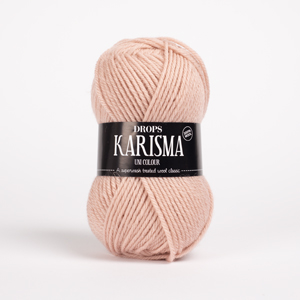



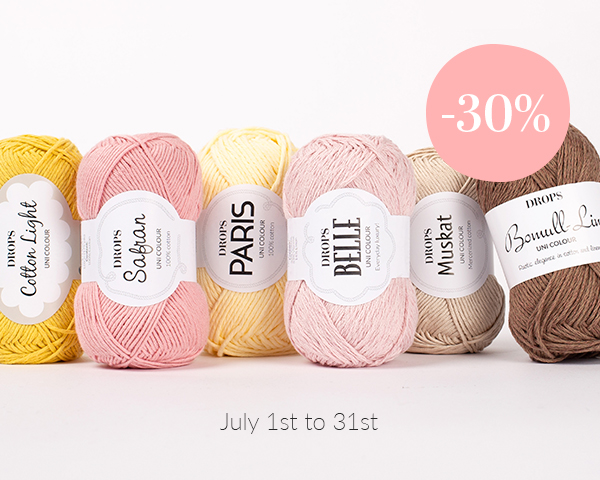












































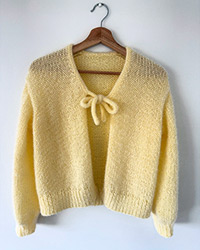
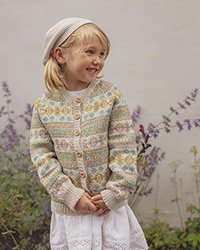
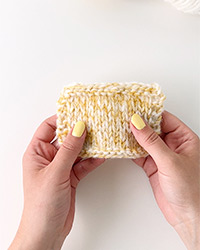
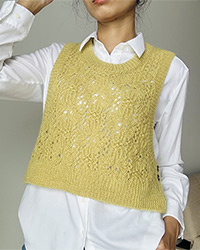

Post a comment to pattern DROPS 85-13
We would love to hear what you have to say about this pattern!
If you want to leave a question, please make sure you select the correct category in the form below, to speed up the answering process. Required fields are marked *.